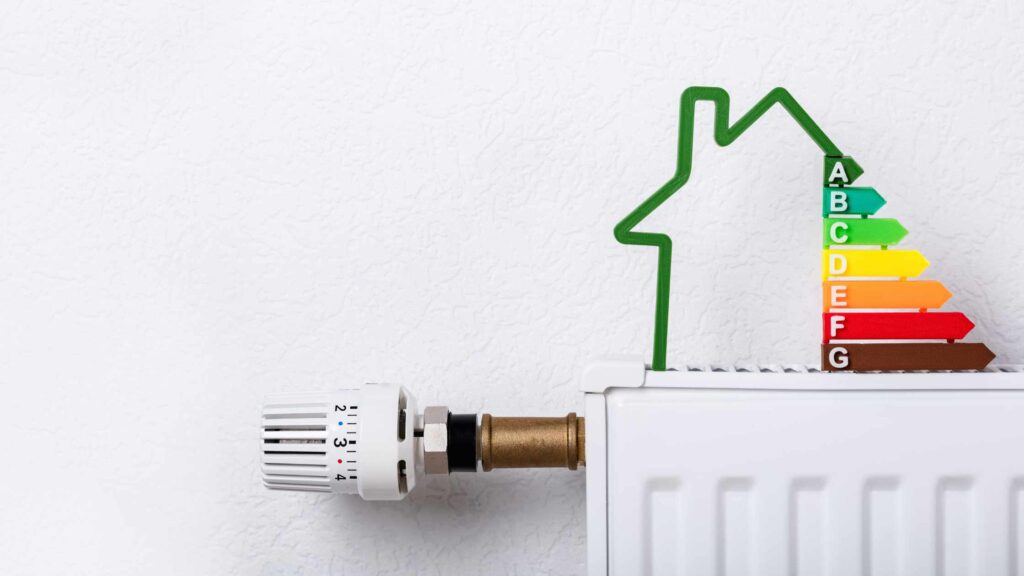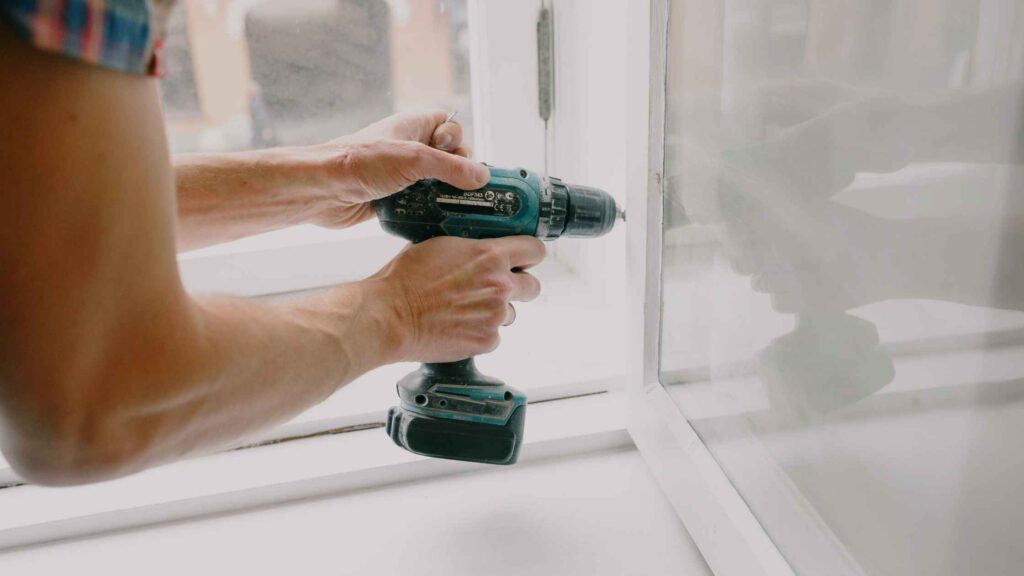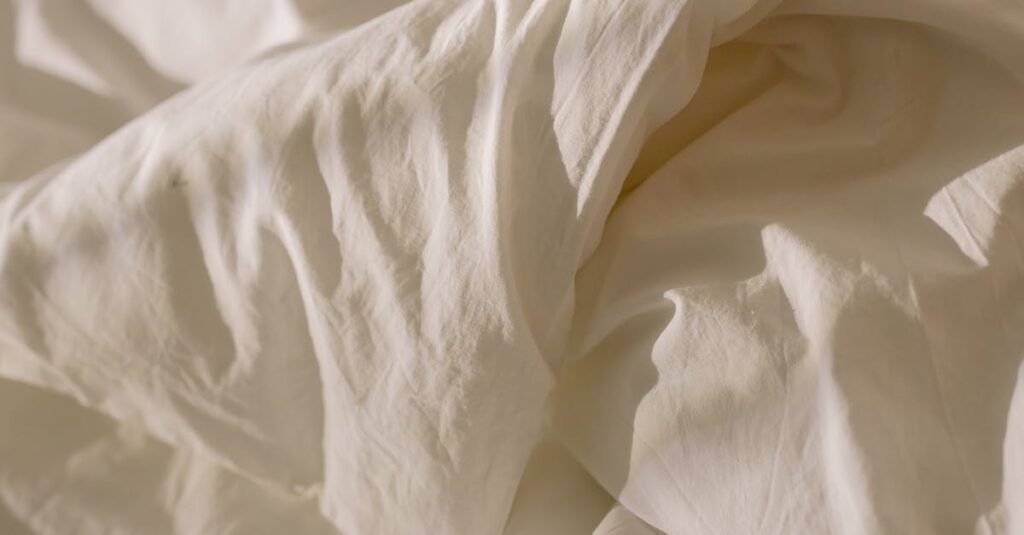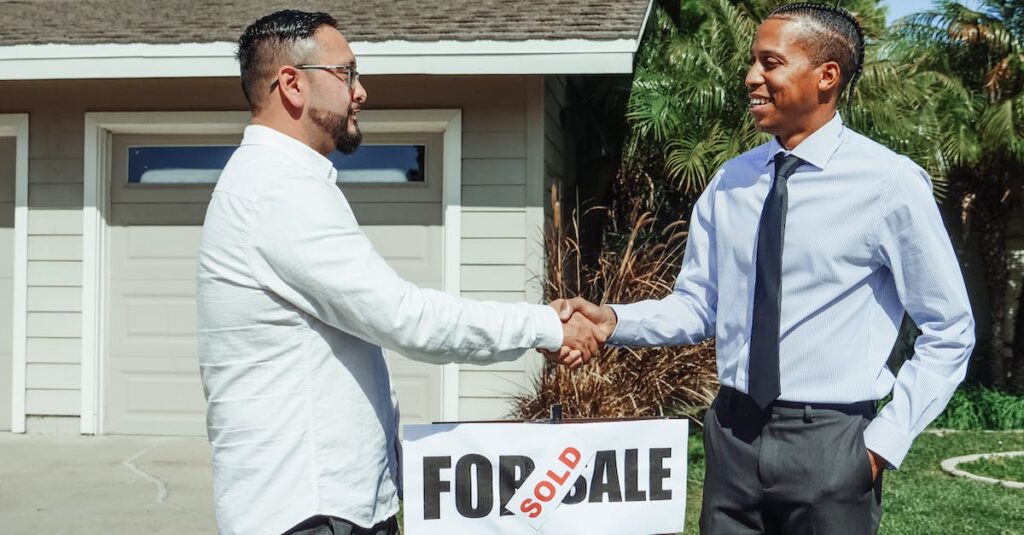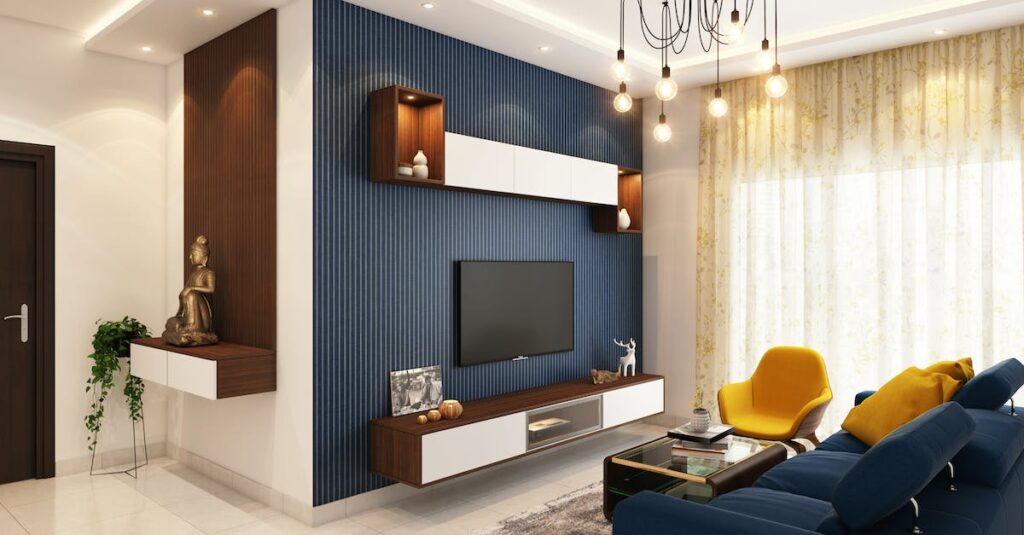The Importance of Energy Efficiency in Rental Properties
As a property owner or manager, it’s essential to consider energy efficiency when making upgrades to your rental properties. Not only does energy-efficient living help conserve resources and reduce environmental impact, but it can also save you and your tenants money on energy bills. In this article, we’ll explore some effective energy-efficient upgrades that you can implement in your rental properties.
Upgrade #1: Install LED Lighting
One of the easiest and most cost-effective ways to make your rental property more energy-efficient is by switching to LED lighting. LED bulbs consume significantly less energy than traditional incandescent bulbs and have a much longer lifespan. By replacing all the light bulbs in your rental units with LEDs, you can achieve significant energy savings while minimizing the need for bulb replacements.
Upgrade #2: Invest in Energy-Efficient Appliances
Another effective upgrade to consider is investing in energy-efficient appliances for your rental properties. Look for appliances with the ENERGY STAR label, which indicates that they meet strict energy efficiency guidelines set by the U.S. Environmental Protection Agency. These appliances are designed to use less energy without compromising performance, helping you and your tenants save on electricity and water bills.
Upgrade #3: Enhance Insulation
Proper insulation plays a crucial role in maintaining an energy-efficient rental property. Insufficient or old insulation can result in energy loss and increased heating or cooling costs. Consider upgrading the insulation in your rental units, especially in the attic and walls, to prevent drafts and temperature fluctuations. This will not only improve energy efficiency but also enhance the comfort of your tenants.
Upgrade #4: Install Programmable Thermostats
By installing programmable thermostats in your rental units, you can give your tenants more control over their energy usage. Programmable thermostats allow them to set different temperatures for specific times of the day, ensuring that heating or cooling is only activated when needed. This can significantly reduce energy waste and ultimately lower the energy bills for both you and your tenants.
Upgrade #5: Use Low-Flow Fixtures
Water consumption is another area where you can make energy-efficient upgrades. By installing low-flow fixtures in the bathrooms and kitchens of your rental properties, you can reduce water waste without sacrificing functionality. Low-flow showerheads, faucets, and toilets are designed to use significantly less water per use, helping you conserve water and reduce your tenants’ water bills.
Upgrade #6: Install Solar Panels
For those ready to take a more ambitious step towards energy efficiency, installing solar panels on your rental properties can be a game-changer. Solar panels harness the power of the sun to generate clean, renewable energy, which can significantly reduce dependence on traditional grid electricity. Although the upfront cost may be higher, solar panels have a long lifespan and can lead to significant energy savings over time.
Upgrade #7: Conduct Energy Audits
To identify specific areas for improvement, consider conducting energy audits for your rental properties. Energy audits involve a comprehensive evaluation of a property’s energy usage and performance. Professionals can analyze the insulation, heating and cooling systems, lighting, and appliances to determine where energy is being wasted. Armed with this information, you can prioritize upgrades and make targeted improvements to enhance energy efficiency.
Summary
Investing in energy-efficient upgrades for your rental properties is a wise decision that can benefit both you and your tenants. From installing LED lighting and energy-efficient appliances to enhancing insulation and implementing programmable thermostats, there are numerous ways to improve energy efficiency. By doing so, you can save on energy costs, reduce your carbon footprint, and provide your tenants with a more comfortable and sustainable living environment.

